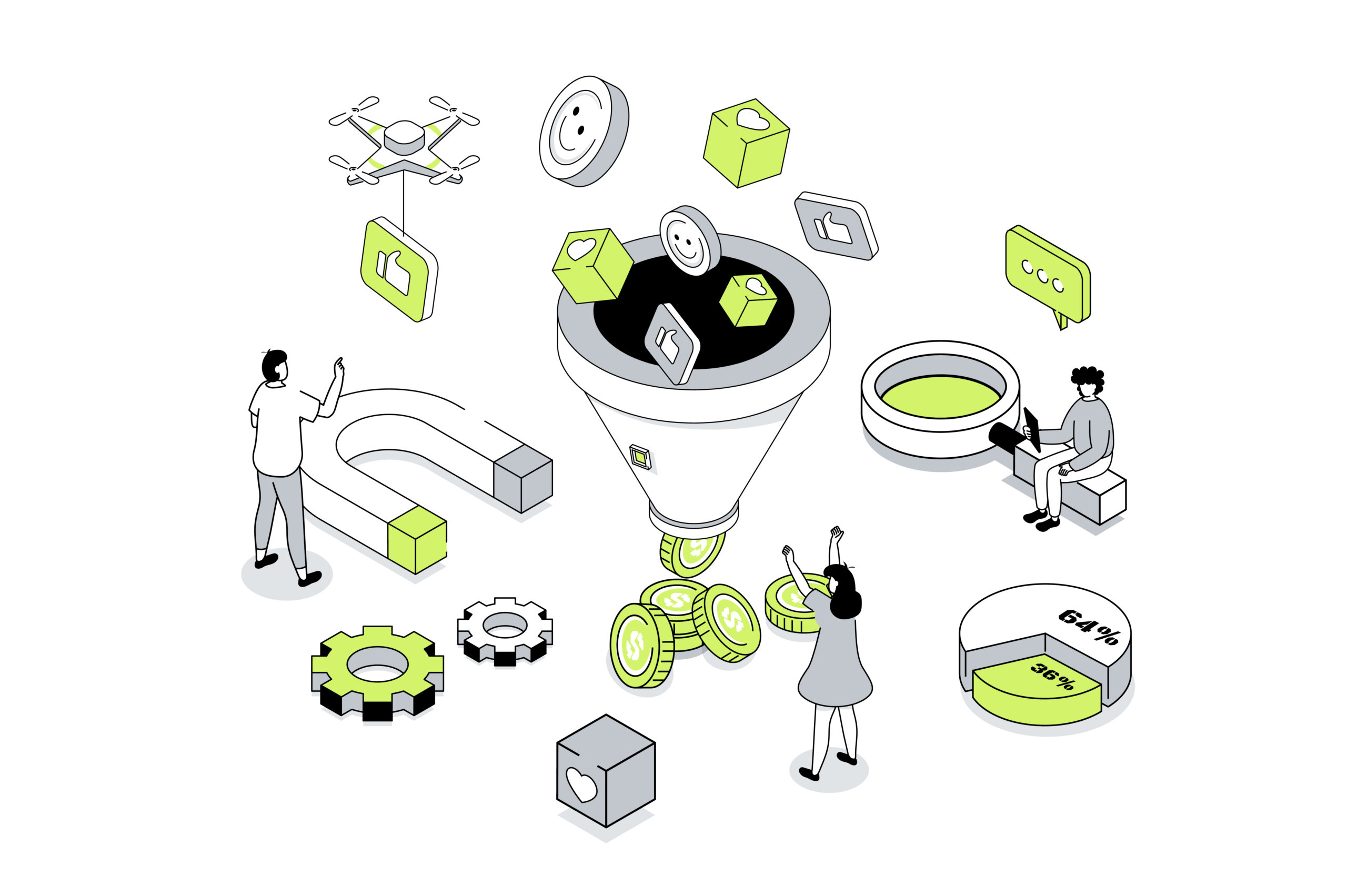- Marketing
- Jul 17
Certbacks for Lead Generation: A Powerful Tool for Building Trust and Increasing Conversions

In the highly competitive world of lead generation, standing out from the crowd and building trust with prospects is key to success. One innovative way companies are achieving this is through the use of certbacks—a term that refers to certification or verification badges displayed on websites, landing pages, or other digital assets. Certbacks act as digital trust signals, proving that a company, product, or service meets certain standards or certifications, which can instill confidence in potential leads.
This article explores the concept of certbacks, their role in lead generation, and how businesses can leverage them to boost conversions and attract more qualified leads.
What Are Certbacks?
A certback is essentially a certification or verification badge that is prominently displayed on a company’s website, landing page, or email campaigns. These badges verify that a company has met certain industry standards or passed specific audits, thus ensuring credibility and trustworthiness. Certbacks can come from a variety of sources, including third-party organizations, industry associations, or security certifications.

Common examples of certbacks include:
- Security Certifications: Badges indicating that your website is secure, such as SSL/TLS certification, PCI compliance, or verified secure transactions.
- Industry Certifications: Certifications from industry-specific organizations or governing bodies, such as ISO standards, BBB accreditation, or GDPR compliance.
- Partner Endorsements: Logos of well-known industry partners or associations, such as Microsoft Partner, HubSpot Certified, or Google Partner.
- Customer Reviews and Ratings: Badges from review platforms like Trustpilot, Capterra, or G2, displaying high customer satisfaction scores.
By displaying these badges, businesses can reduce friction during the lead generation process by quickly establishing trust and credibility with potential customers.
The Importance of Trust in Lead Generation
Trust is a critical factor in any lead generation effort. With the increasing prevalence of online fraud, data breaches, and spammy marketing tactics, consumers are more cautious than ever about giving their personal information to businesses they don’t know. Certbacks serve as an assurance to visitors that your business is legitimate, safe, and credible.

Key reasons why trust is important in lead generation include:
- Increased conversions: When potential leads trust your business, they’re more likely to complete forms, download content, or sign up for offers.
- Reduced bounce rates: Visitors are more likely to stay on your website or landing page if they feel confident in the security and authenticity of your company.
- Improved brand perception: Certifications from well-known authorities or partners can enhance the perception of your brand, making it appear more reliable and established.
Certbacks provide a visual representation of this trust, which can be the key factor in converting a hesitant visitor into a lead.
Types of Certbacks and Their Role in Lead Generation
Certbacks can serve various purposes in a lead generation strategy, from showcasing security to highlighting industry expertise. Below are the main types of certbacks and how they can be leveraged to enhance lead generation efforts:
1. Security and Privacy Certbacks
One of the biggest concerns for online visitors is the security of their personal information. Security certbacks—such as SSL certificates, GDPR compliance, or PCI DSS badges—reassure visitors that their data will be handled safely and securely.
- SSL/TLS Certificates: These certbacks display that your website is secure, encrypted, and that any information visitors provide (such as email addresses or payment details) will be protected from unauthorized access.
- GDPR and CCPA Compliance: These badges show that your company complies with stringent data protection laws, which is particularly important for leads from the European Union or California.
- PCI DSS Certification: For e-commerce or financial services businesses, this certback assures potential customers that you comply with the standards for secure credit card transactions.
By displaying security certbacks on your landing pages, you reduce the risk of visitor hesitation and improve the chances of converting leads who are concerned about the safety of their personal information.
2. Industry Certifications and Awards
Displaying certbacks that verify your expertise or compliance with industry standards can help differentiate your business from competitors. For example, ISO certifications, BBB (Better Business Bureau) accreditation, or industry-specific endorsements add significant credibility.
- ISO Certifications: Badges indicating ISO certification, such as ISO 9001 for quality management or ISO 27001 for information security, show that your company meets international standards.
- Industry Awards: If your business has won industry awards or recognition, displaying those certbacks can build authority and establish your company as a leader in your field.
These badges give visitors peace of mind, knowing that your business has undergone rigorous evaluation and adheres to recognized standards, increasing the likelihood that they will convert into leads.
3. Partner and Affiliate Certbacks
Certbacks from well-known partners or affiliates can also enhance your lead generation efforts. These badges indicate that your company is aligned with established brands and platforms, which can increase trust by association.
- Google Partner: For digital marketing agencies, having a Google Partner badge indicates expertise in Google Ads and digital advertising.
- HubSpot Certified: This certback signals to visitors that your company is proficient in inbound marketing practices, further solidifying your credibility as a lead generation company.
Displaying partner certbacks reassures visitors that your business is experienced, knowledgeable, and trusted by industry leaders.
4. Customer Review Platforms
Including certbacks from third-party review platforms like Trustpilot, Capterra, or G2 can provide powerful social proof. These badges, often accompanied by customer ratings, help reinforce the quality of your product or service.
- Trustpilot: A certback displaying a high Trustpilot score or positive reviews can serve as a strong motivator for visitors to engage with your brand.
- G2 Crowd: G2 badges showcasing positive user feedback for software or SaaS products can build trust among potential customers looking for unbiased user opinions.
Customer reviews and ratings serve as a form of social validation, and incorporating them into your lead generation efforts can influence more visitors to become leads.
How to Effectively Use Certbacks on Landing Pages
The placement and design of certbacks on landing pages play a critical role in their effectiveness. Below are some best practices for using certbacks to boost your lead generation:
1. Strategic Placement
Certbacks should be prominently displayed on key parts of your landing page, such as near the call-to-action (CTA), next to the lead capture form, or at the bottom of the page for an added layer of trust.
- Above the Fold: Placing certbacks above the fold, where visitors can see them without scrolling, immediately instills trust and reduces doubts about your company’s legitimacy.
- Near CTA Buttons: Including certbacks near or directly below CTA buttons can reduce friction and hesitation when visitors are on the verge of submitting their information.
2. Clean and Minimalist Design
While certbacks are important, avoid overcrowding your landing page with too many badges. Choose a select few that are most relevant to your audience and keep the design clean.
- Focus on Quality Over Quantity: Display only the most significant certbacks that reflect your company’s strengths and align with your lead generation goals.
3. Mobile Responsiveness
Many visitors will access your landing page from mobile devices. Ensure that your certbacks are visible and clearly displayed on mobile screens, without overwhelming the page or causing slow load times.
Best Practices for Maximizing Certback Effectiveness
- Test Placement and Design: A/B testing different placements of certbacks can help identify the optimal location for boosting conversions.
- Showcase Relevant Certifications: Focus on certifications that matter to your target audience. For example, e-commerce businesses should highlight PCI compliance, while SaaS companies might benefit more from ISO or GDPR badges.
- Update Regularly: Make sure your certbacks are up-to-date and reflect your current certifications or partnerships. Displaying outdated or incorrect certbacks can harm credibility.
Conclusion
Certbacks are a valuable asset in any lead generation strategy. They provide an immediate, visual indication of trustworthiness and authority, which can help reduce visitor hesitation and boost conversions. By strategically incorporating security, industry, partner, and customer review certbacks into your landing pages, you can enhance your credibility, build trust with potential leads, and ultimately generate more high-quality prospects.
In today’s competitive digital landscape, where trust is paramount, certbacks offer a simple yet effective way to differentiate your business and convince visitors that you are a reliable and credible partner.
Related Posts

Structuring a Marketing Funnel for B2C Lead Generation: From Website to Native Lead Forms
In the world of B2C marketing, building a well-structured marketing funnel is essential to guiding potential customers through the buyer’s journey and converting them into leads. Whether you’re selling a product or service, a well-designed…
- Oct 01

Affiliate Marketing: Tracking, Sub IDs, Conversion Types, and Best Networks to Get Started
Affiliate marketing has become one of the most popular ways to earn passive income online. Whether you’re a seasoned marketer or just starting out, affiliate marketing allows you to promote products or services and earn…
- Oct 01
Categories
Latest Post
1:1 Compliance
- September 14, 2024
How to Use Facebook Ads for B2C Lead Generation
- August 8, 2024




